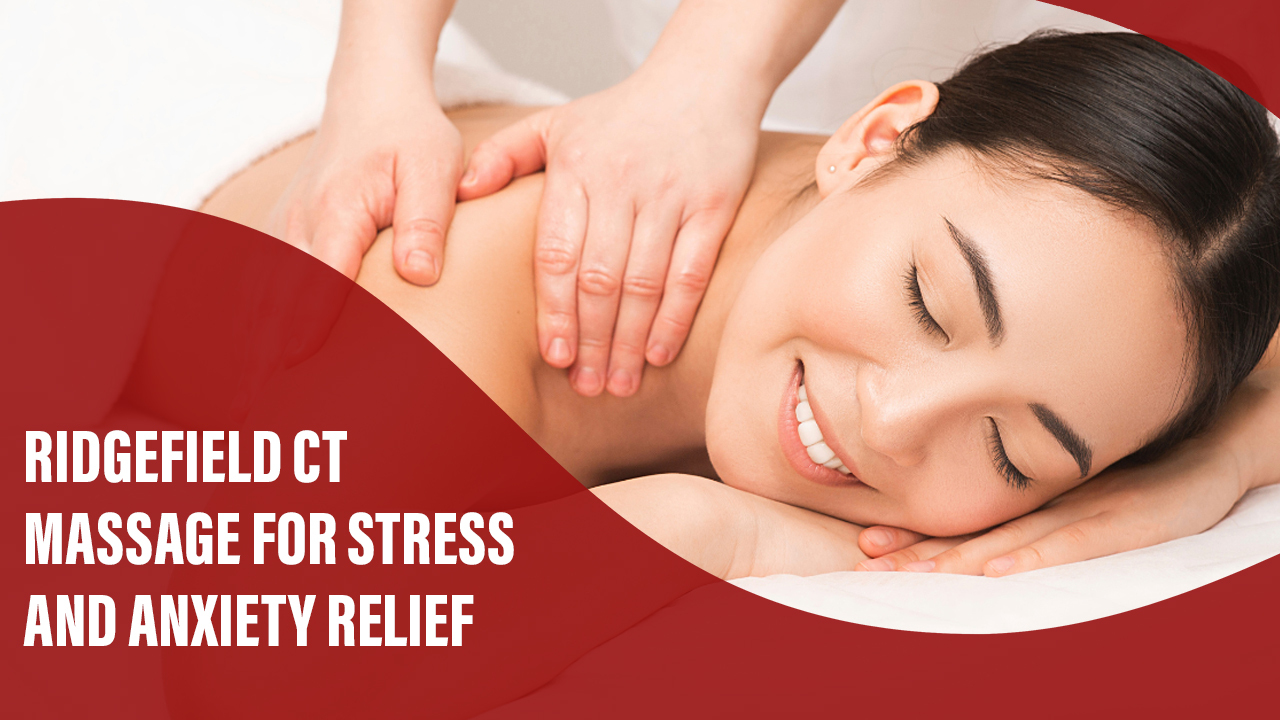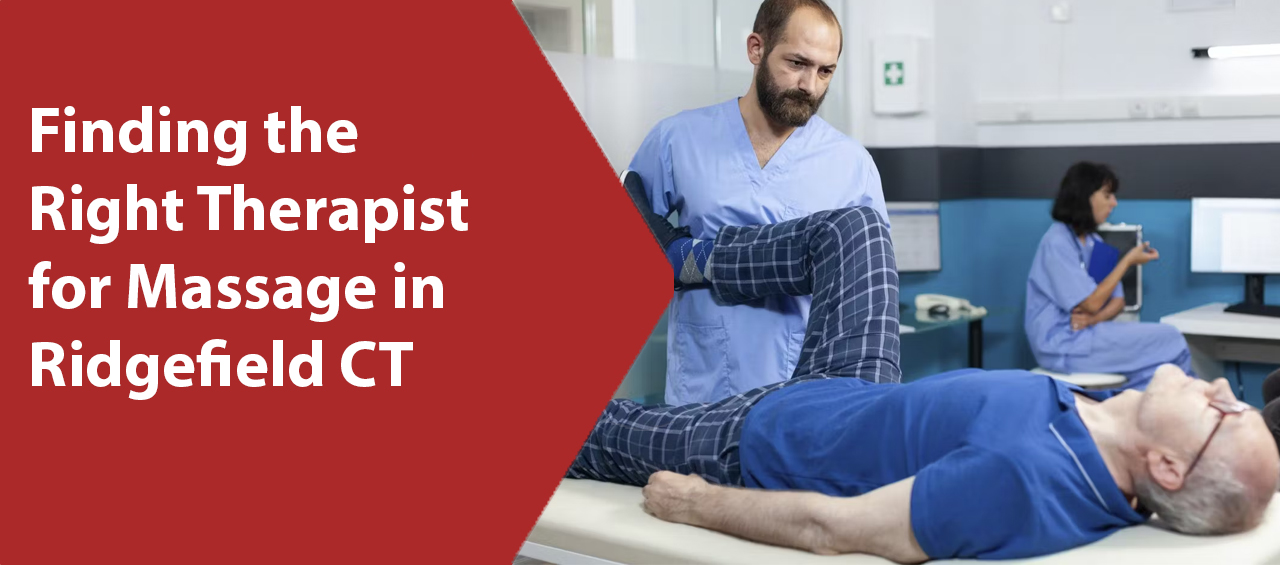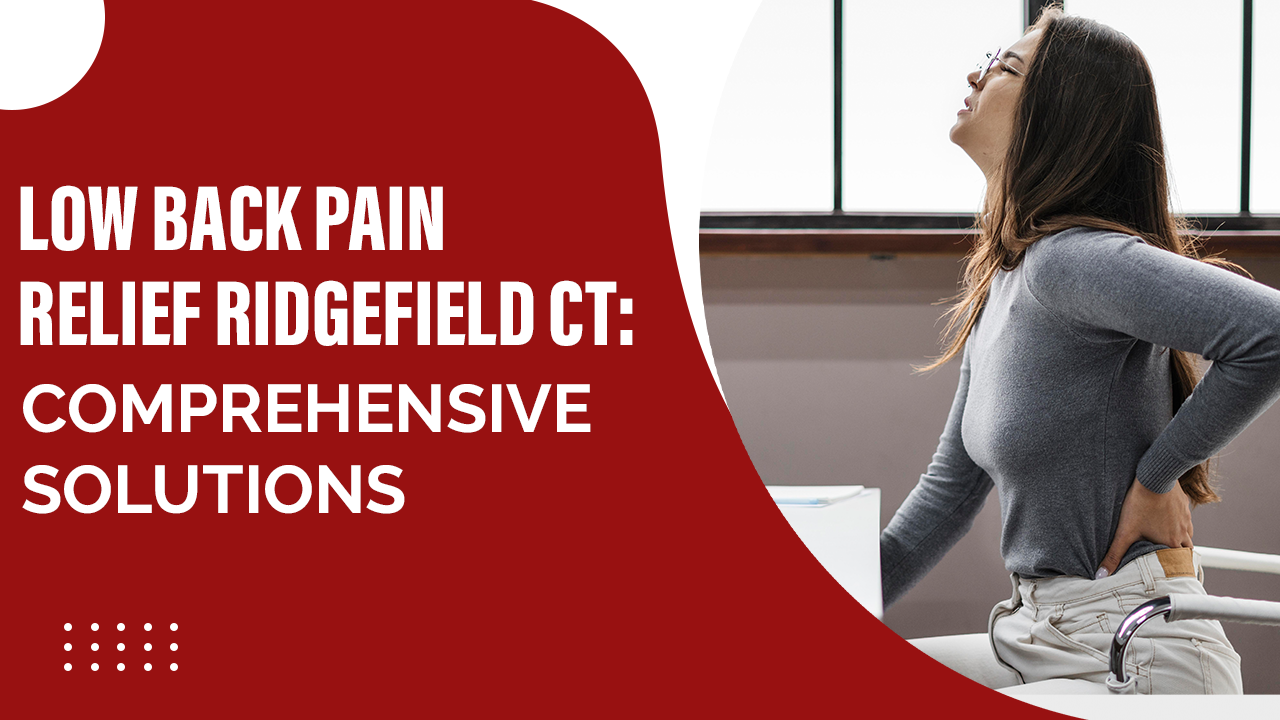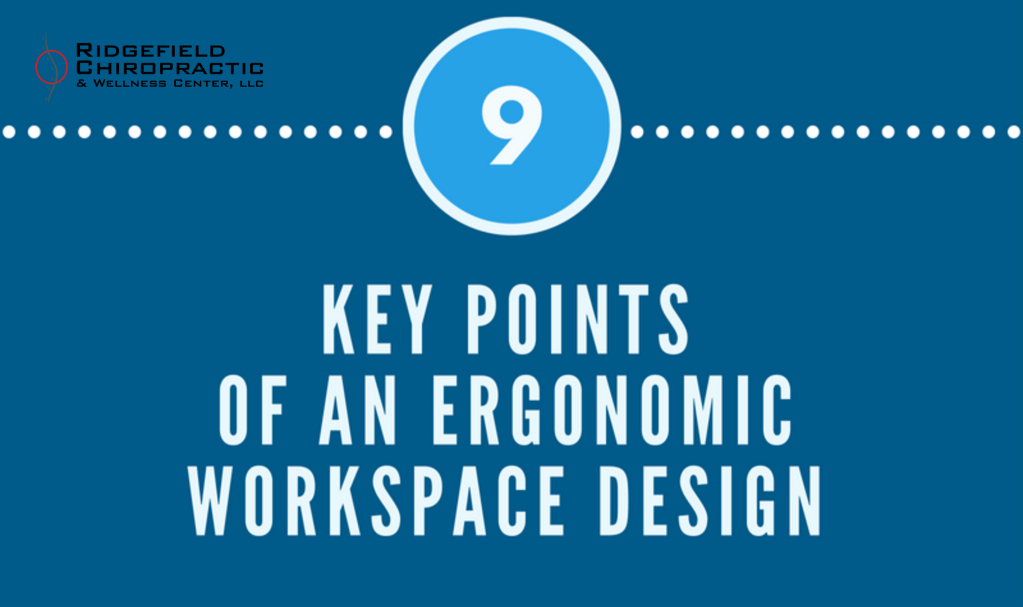Chiropractor Ridgefield CT: Discover Effective Neck Pain Relief Solutions

If you’re searching for a chiropractor Ridgefield CT for neck pain relief, you’re in the right place. Neck pain often arises from everyday activities, like poor posture at your desk or even injuries from sports. Thankfully, chiropractic care can help ease this discomfort through methods like spinal adjustments and therapeutic exercises. These techniques not only target […]
Ridgefield CT Massage For Stress And Anxiety Relief

Conclusion: Finding Relief Through Ridgefield CT Massage In conclusion, Ridgefield CT massage serves as a beacon of hope for those navigating the tumultuous waters of stress and anxiety. Stress, a ubiquitous facet of modern life, often manifests in physical, emotional, and mental strains, while anxiety, its steadfast companion, casts a shadow of worry and unease […]
Finding The Right Therapist For Massage In Ridgefield CT

Conclusion: Choosing The Best Massage In Ridgefield CT For Lasting Wellness Embarking on the journey to find the right massage In Ridgefield CT is a significant step towards prioritizing your wellness and enhancing your overall well-being. Throughout this process, you’ve delved into various aspects to ensure you make an informed decision that aligns with your […]
Low Back Pain Relief Ridgefield CT: Comprehensive Solutions

Low back pain is a prevalent condition affecting millions of individuals worldwide, characterized by discomfort or soreness in the lumbar region of the spine. Seeking relief from this ailment is crucial for enhancing quality of life and restoring daily functionality. People have access to a variety of options for Low Back Pain Relief Ridgefield CT, […]
Understanding Carpal Tunnel Syndrome

Do you know that putting strain on your hand or wrist which causes that feeling of numbness or tingling may lead to something serious? The first clinical practice about this hand nerve weakness diagnosis was in 1854 when most patients presented themselves with motor and sensory complaints in the median nerve distribution of their hands. […]
9 Key Points of an ergonomic workspace design

Are you tired of dealing with aches and pains from sitting at your desk all day? An ergonomic workspace design can help. At Ridgefield Chiropractic, we understand the importance of proper ergonomics for both comfort and health. That’s why we’ve put together this list of 9 key points to consider when designing an ergonomic workspace. […]
